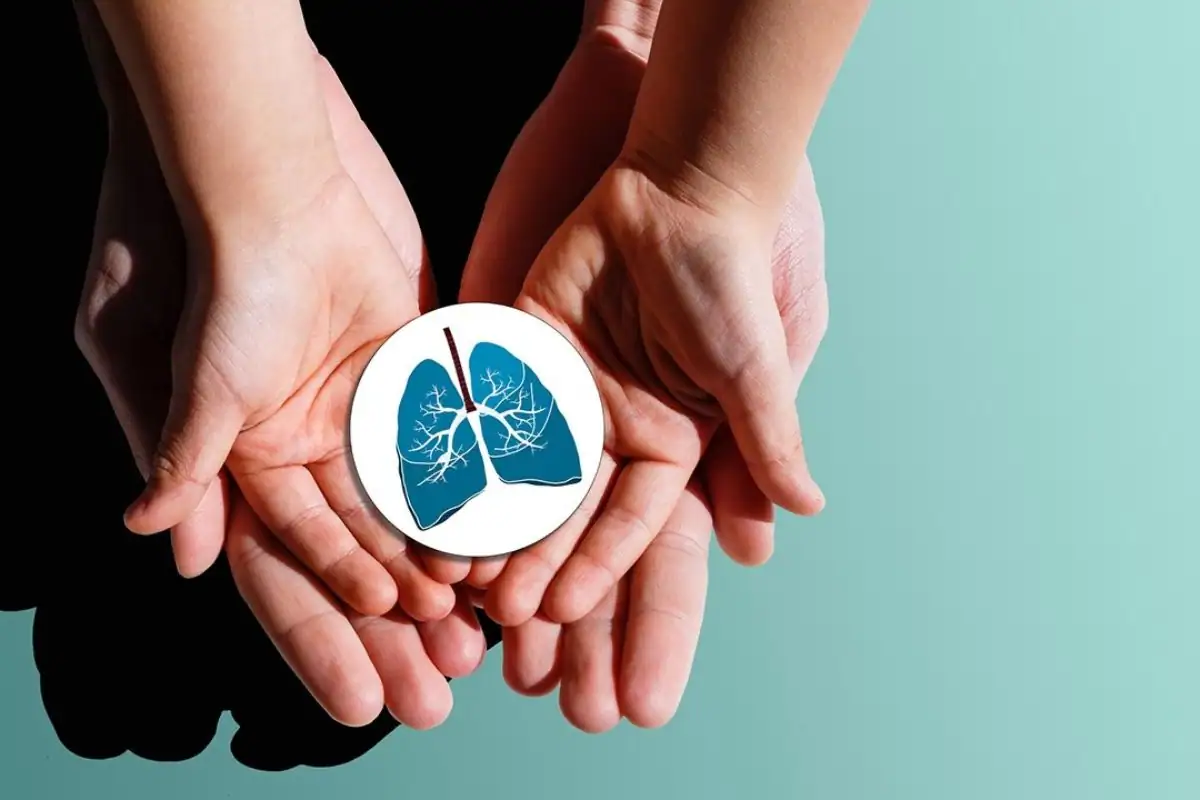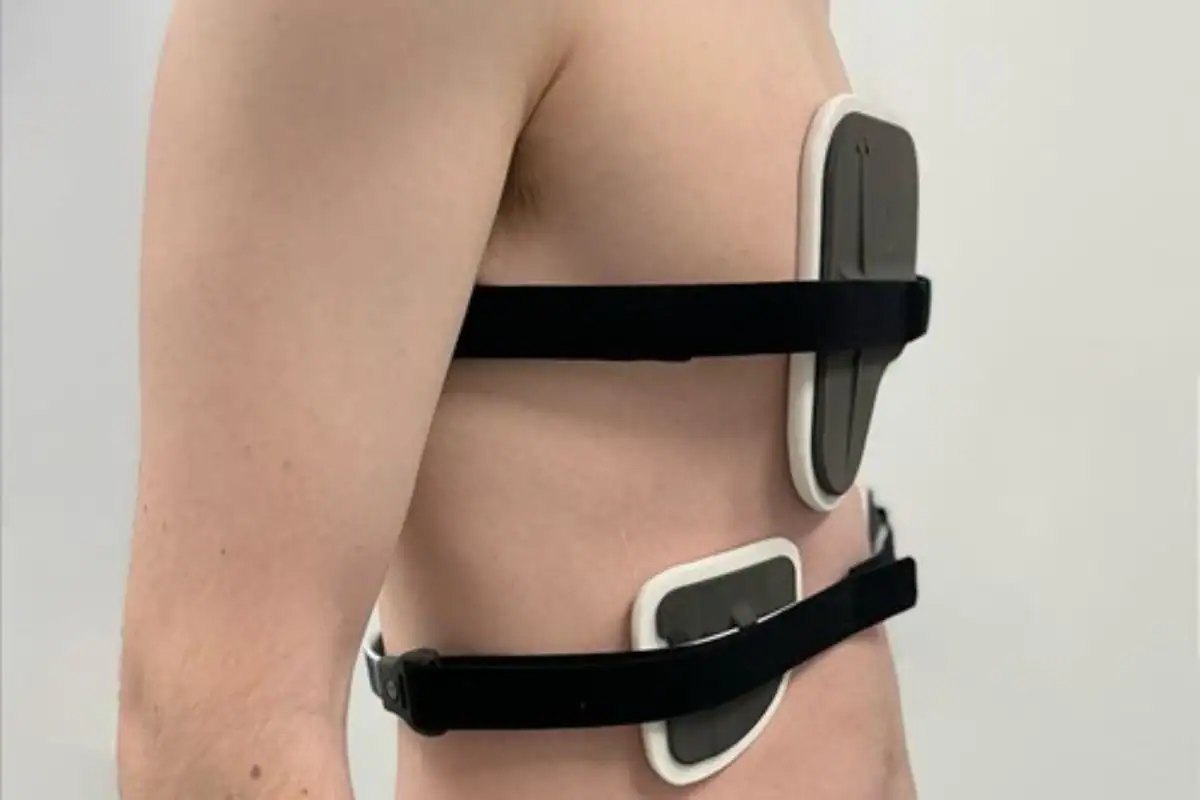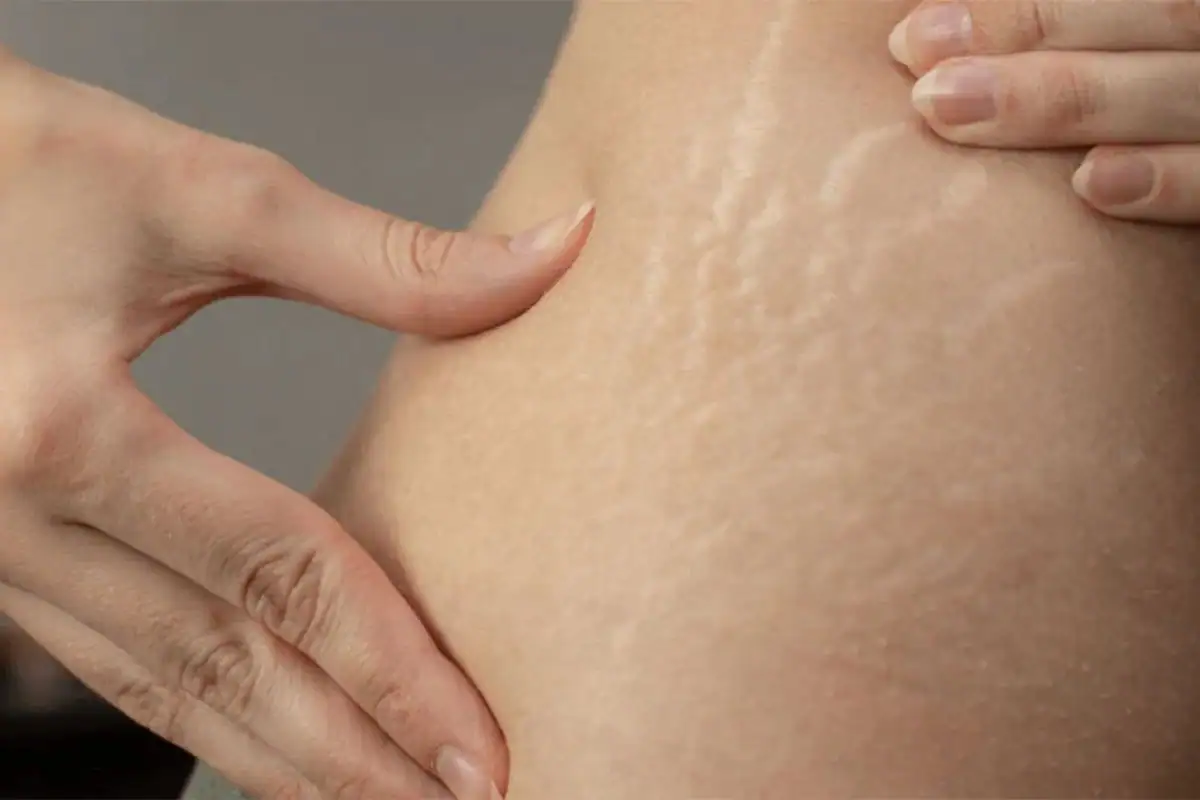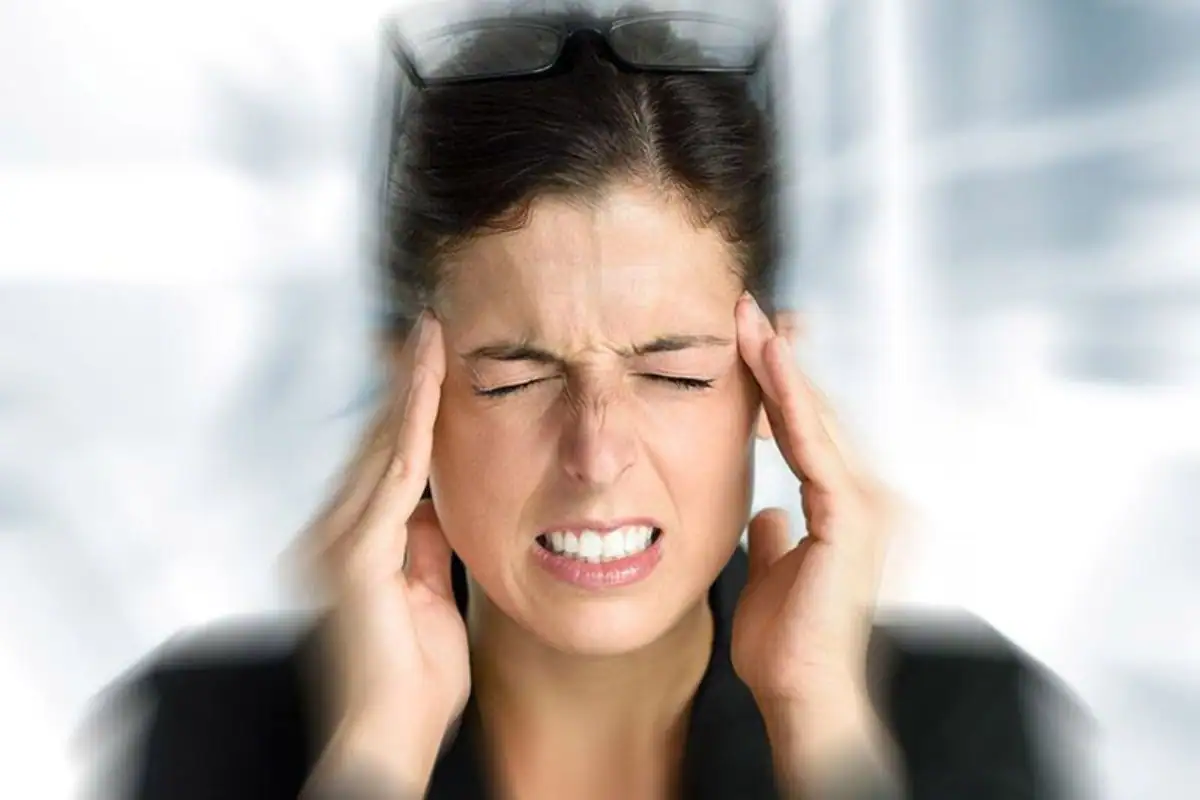Advertisement
Common Signs and Symptoms of Marfan Syndrome
Updated: Nov 7, 2024
Advertisement
Marfan syndrome is a rare genetic disorder that affects the skeleton and several organs. It is inherited but can vary widely among family members. Some people with Marfan syndrome are tall with notably long, thin arms and legs, while others may have flat feet, crowded teeth, or deep-set eyes. In most cases, symptoms are mild at first but may worsen with age.
Curved Spine
Marfan syndrome can cause the spine to curve sideways, a condition known as scoliosis. The severity of this curvature can vary greatly; in mild cases, it may cause occasional back pain, while in severe cases can lead to chronic pain and complications. Sometimes, the curved spine presses against the lungs and heart, which can cause breathing difficulties and require medical attention.
Advertisement
Vision Problems
One of the most impactful symptoms of Marfan syndrome is the effect it has on vision. About half of those with the syndrome experience lens dislocation, leading to nearsightedness or blurred vision. Severe cases can lead to glaucoma, a serious condition that causes irreversible vision loss. Anyone with Marfan syndrome and vision issues needs to consult an eye specialist to evaluate their ability to drive safely and manage other aspects of daily life.
Advertisement
Heart Concerns
Heart issues are another major area of concern for people with Marfan syndrome. Some may develop mitral valve prolapse, which can cause shortness of breath and heart murmurs. While heart murmurs are often harmless, Marfan syndrome patients can experience additional symptoms, like chest pain or signs of heart disease, so regular check-ups are crucial.
Advertisement
Impact on Blood Vessels
Marfan syndrome can also impact blood vessels, especially the aorta, which is the body’s main artery connecting the heart to the rest of the body. The syndrome may weaken or enlarge the artery walls, which, in extreme cases, can lead to rupture—a life-threatening emergency. This is one reason why people with Marfan syndrome should have frequent health checkups to monitor their vascular health.
Advertisement
Lung Health
Marfan syndrome can also affect lung health, sometimes leading to lung collapse. This happens when air or gas builds up between the lungs and chest, causing sudden chest pain and shortness of breath. Immediate medical attention is necessary if these symptoms occur, as a collapsed lung can be dangerous if left untreated.
Advertisement
Chest Deformities
Chest deformities are relatively common in Marfan syndrome and may appear as a sunken or protruding chest, sometimes called "pigeon chest." While these deformities can affect appearance, they can also cause breathing issues in severe cases. This symptom can impact self-esteem and physical comfort, making it another reason to seek medical advice.
Advertisement
Stretch Marks
Stretch marks can develop in those with Marfan syndrome due to weakened skin. These marks may appear on the lower back, shoulders, thighs, stomach, or breasts. Although they aren’t painful or dangerous, they can cause emotional stress due to their appearance.
Advertisement
Irregular Breathing During Sleep
Many people with Marfan syndrome experience sleep apnea, a condition that causes pauses in breathing during sleep. They may stop breathing for a few seconds to several minutes, often followed by a choking or gasping sound. This pattern can repeat multiple times per hour, disrupting sleep quality.
Advertisement
Spondylolisthesis
Spondylolisthesis, a condition where one vertebra slips over another, is more common in individuals with Marfan syndrome. This misalignment can lead to back pain and stiffness, especially in the lower back. While not everyone with spondylolisthesis has Marfan syndrome, the likelihood is higher for those with this genetic condition.
Advertisement
Dural Ectasia
Marfan syndrome also increases the risk of dural ectasia, a condition affecting the dura, which is the membrane surrounding the brain and spinal cord. When this membrane weakens, it can expand and put pressure on the lower spine, leading to back pain, headaches, and even numbness or pain in the legs.
Advertisement
Scroll downfor the Next Article
.png)




